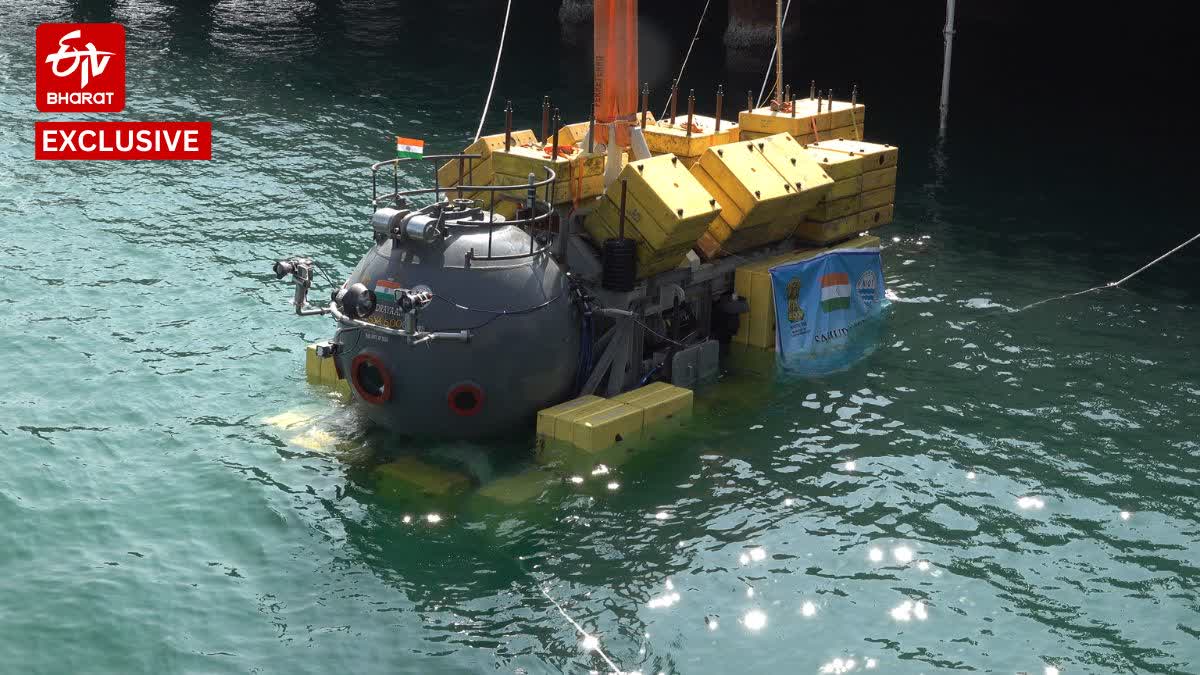By Ravichandran
Chennai: Under the Deep Sea Operations Programme (Samudrayaan Mission) of the Union Government, the Ministry of Earth Sciences has developed a 4th generation deep-sea submarine named "Matsya-6000" as part of the Samudrayan project. The entire development has been entrusted to the National Institute of Ocean Technology (NIOT), Chennai.
The 'Matsya-6000' was deployed underwater for three hours and successfully completed Wet Testing at Kattupalli Port. The Ministry of Earth Sciences declared it a success, marking a significant milestone in deep-sea exploration worldwide.
This project reveals the potential for humans to conduct deep-sea research. ETV reporter Ravichandran had an exclusive conversation with NIOT Director Balaji Ramakrishnan, who shared insights about the project. According to him, the research work to send humans 20,000 feet (over 6,000 metres) deep will be completed by the end of 2026.
Following is an excerpt of the interview:
What is the status of the project to send humans to the deep sea?
Samudrayan is a future deep-sea exploration project involving the 'Matsya-6000' submersible system. We plan to send three scientists from NIOT to a depth of 6,000 meters (19,685 feet). The primary objective is to study marine life and collect samples. We are upgrading the 'Matsya-6000' submarine system at the NIOT campus in Chennai. The entire work is being done there. Before reaching 19,685 feet, we must go through several stages, starting with a test at 500 meters (1,640 feet).
How does Matsya 6000 keep humans inside alive?
The components include batteries and buoyancy systems, which must undergo several tests. The system weighs about 26,500 kg (25 tons) and must move smoothly and safely to avoid endangering the people inside. Advanced electronic systems and sensors will be installed to ensure safety and facilitate research. The scientists will be housed in a 21-meter-diameter spherical hull. This section provides life support by supplying oxygen, removing carbon dioxide, and maintaining humidity levels. The proper functioning of these systems is essential for conducting research.
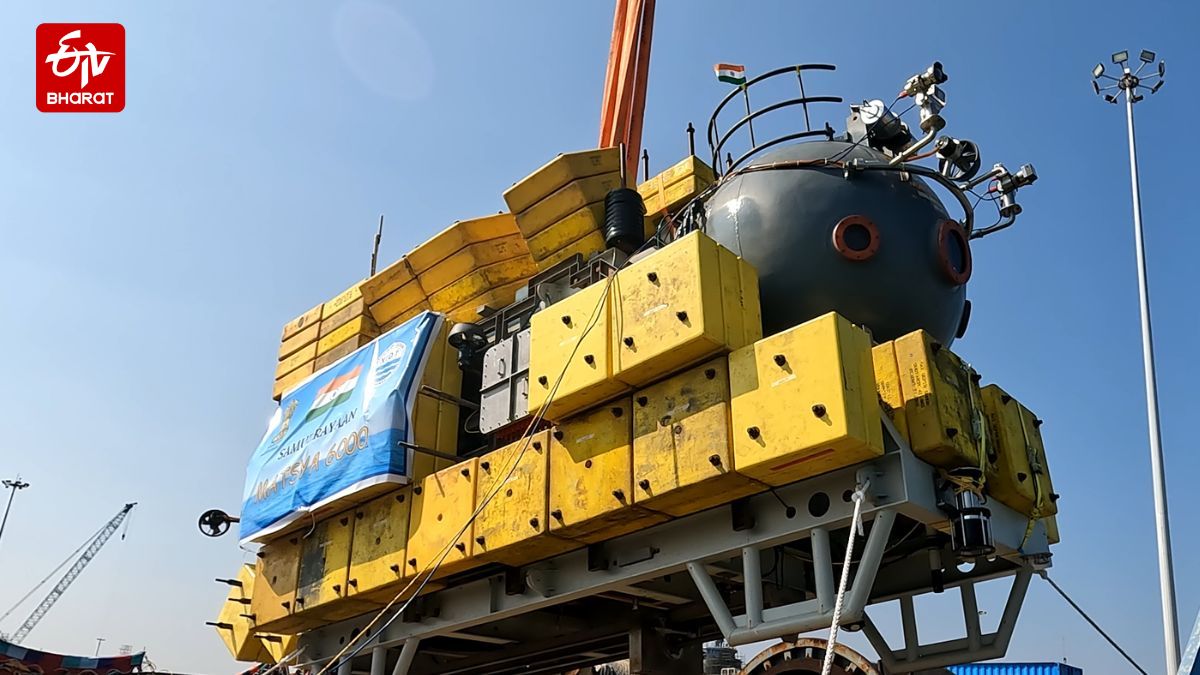
The Wet Testing site
We conducted tests at a location provided by L&T at Kattupalli Port, where the sea depth was less than 10 meters (about 32 feet). The Matsya-6000 will first be tested on land and then undergo five unmanned underwater tests to check the watertight structure, air leaks, and sensor functionality. Results will be presented to the Application Approval Board for permission to send scientists for testing. Three scientists stayed inside the spherical structure for three hours during the initial underwater test, and we monitored their condition.
What are the challenges and next steps?
There were communication issues during the underwater test, which we hope to resolve in subsequent tests. We aim to test the 'Matsya-6000' at a depth of 500 meters (1,640 feet) by the end of the year.
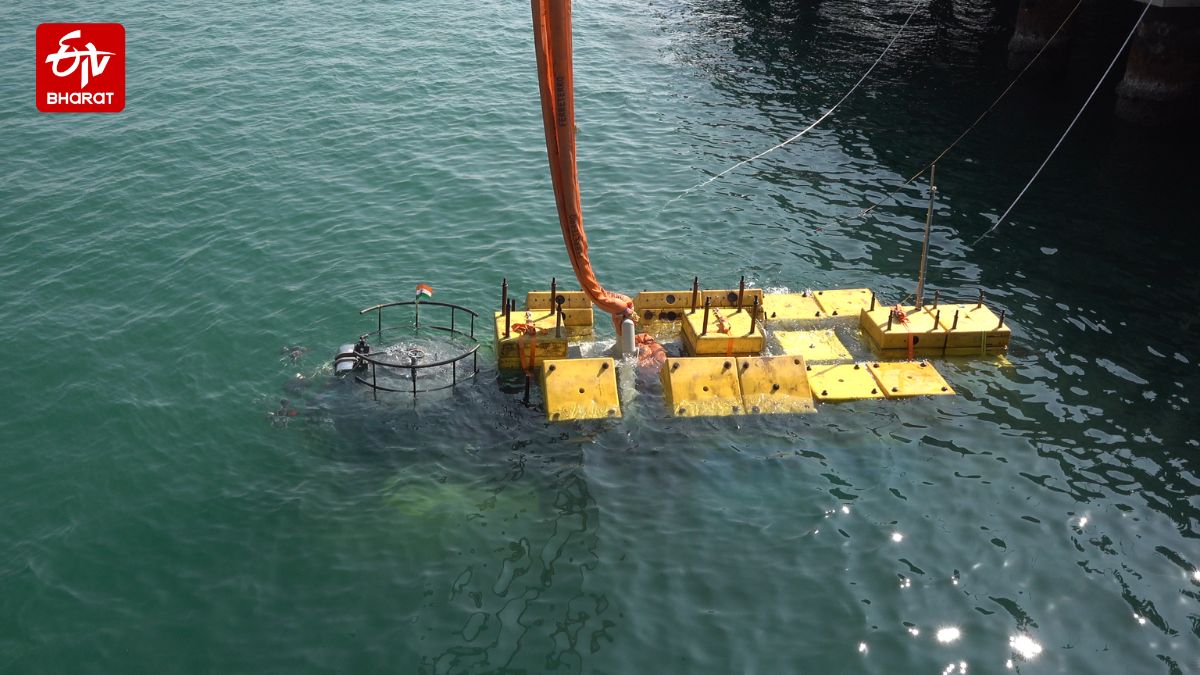
What are the benefits of sending scientists to the deep sea?
Benefits of Deep-Sea Exploration Automated submersibles with powerful cameras can go up to 6,000 meters, but human exploration is unique. Scientists can directly observe and uncover deep-sea wonders and test new technologies.
How long can Matsya-6000 last underwater?
The system can operate for 96 hours in an emergency but is limited to 12 hours for survey purposes, allowing it to descend, complete the survey, and return to the surface within this timeframe.
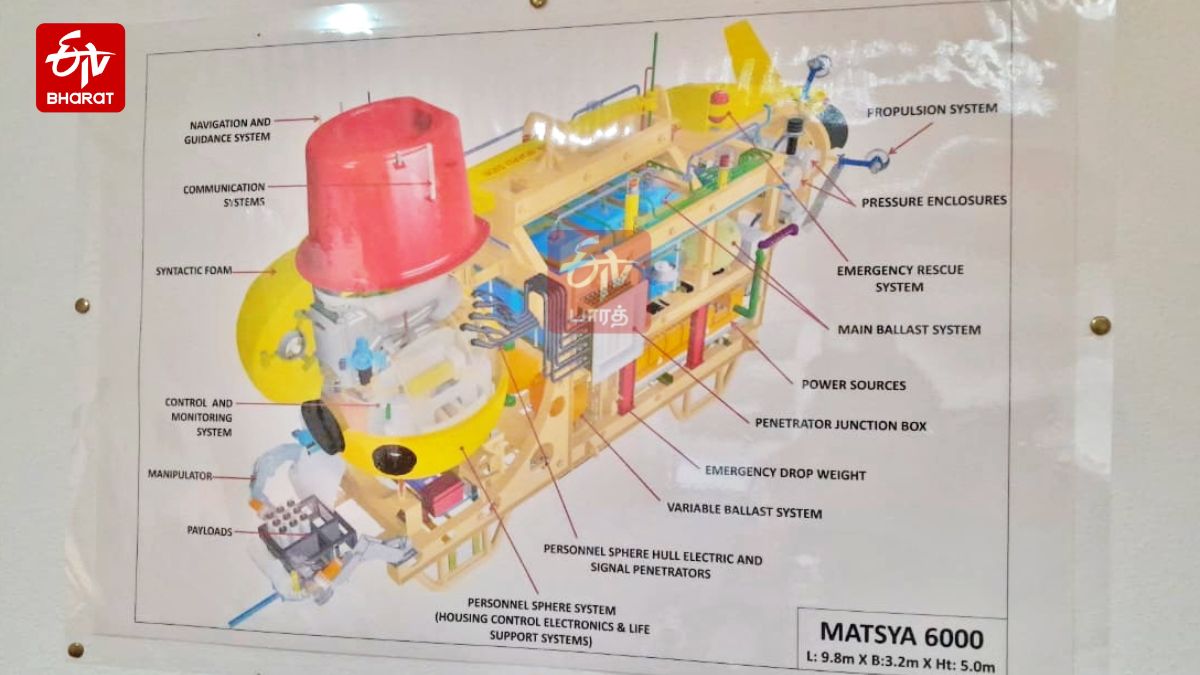
How was the successful seawater test?
A pilot and two scientists were inside the spherical structure. They each had assigned tasks, similar to what would happen at 6,000 meters. The pilot would be responsible for operating the Matsya system. Since the environment is challenging, those who go inside will be given many tests and exercises to ensure they are physically and mentally strong.
What did the scientists say when they came out?
Scientists in the control room noted their strength and confidence in the system created by their team.
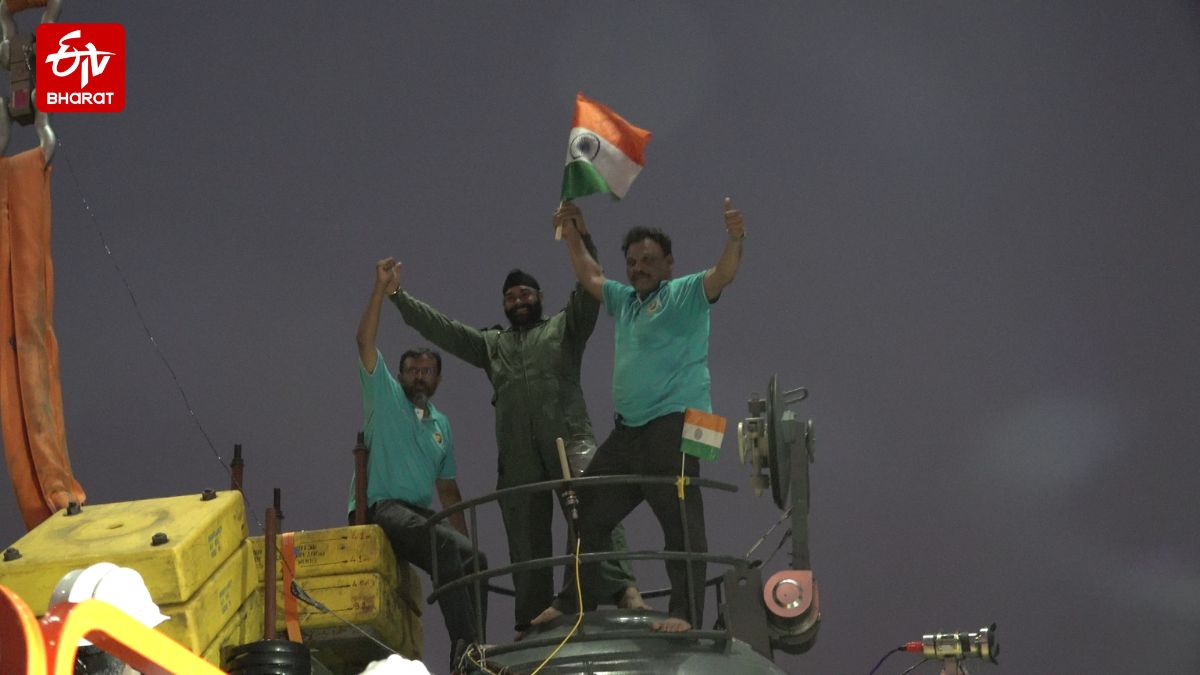
NIOT Director Balaji Ramakrishnan also spent an hour inside the spherical part during the initial positioning at the top of the sea and reported a smooth experience with no discomfort.
Also read: India's Deep-Ocean Submersible Matsya-6000 Passes Wet Tests, Aims To Demo 500m Depth Test This Year
